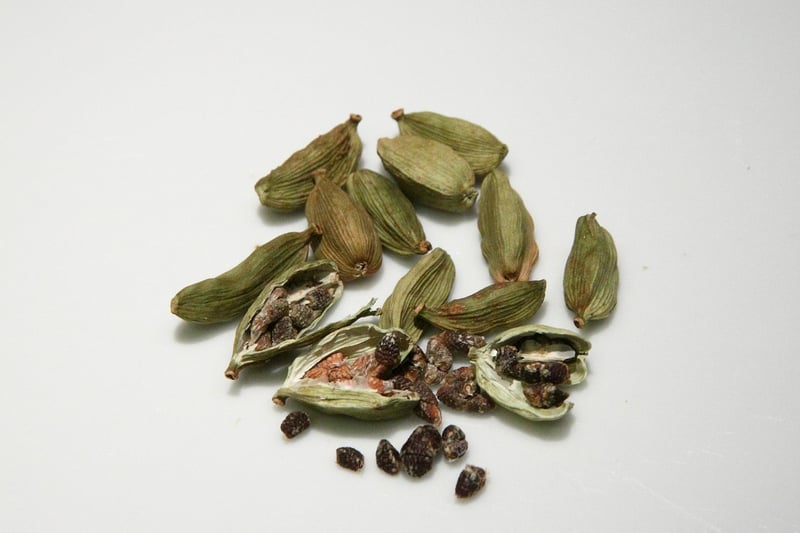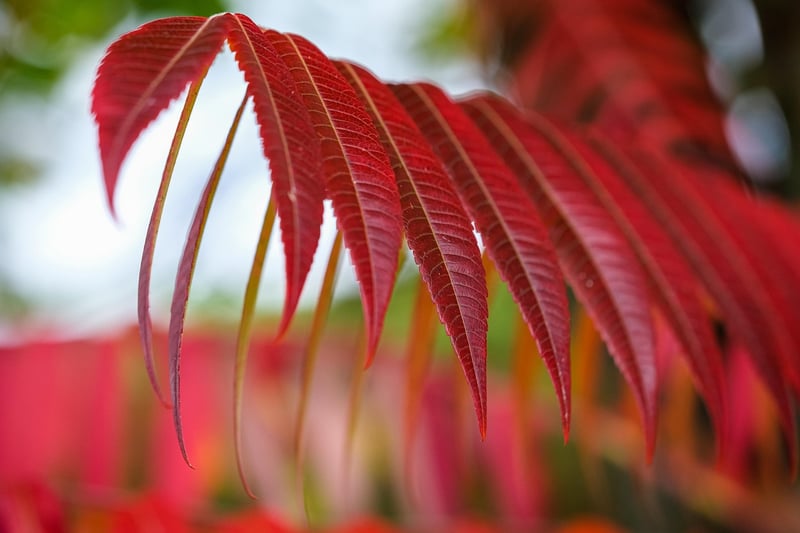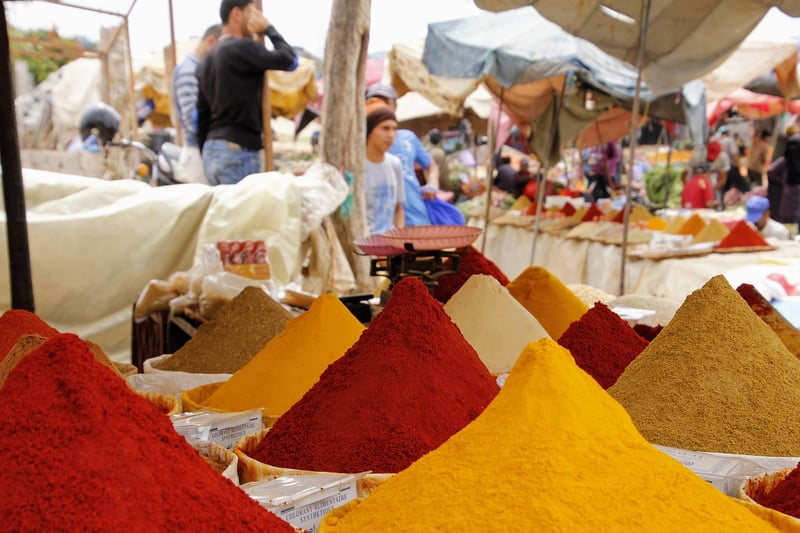Exotic spices
The Art of Cooking: Exploring Key Culinary Elements and Exotic Spices
Welcome to a culinary journey where flavors and aromas come together to create delightful dishes. In the world of cooking, understanding key culinary elements and incorporating exotic spices can elevate your dishes to new heights. Let's dive into the essential components that make a dish truly memorable.
Key Culinary Elements
Before we delve into the realm of exotic spices, it's crucial to grasp the fundamental elements that form the backbone of any recipe. These elements include:
- Flavor: The primary taste sensations such as sweet, sour, salty, bitter, and umami.
- Texture: The tactile sensation of a dish, ranging from crunchy to creamy.
- Aroma: The scents that entice our senses and enhance the overall eating experience.
- Color: The visual appeal of food that influences our perception of taste.
- Balance: The harmony of flavors, textures, and aromas in a dish.
Exploring Exotic Spices
Exotic spices add depth, complexity, and a unique twist to dishes, taking them from ordinary to extraordinary. Here are some exotic spices from around the world that can transform your culinary creations:
Saffron
Saffron, the world's most expensive spice, adds a distinct flavor and vibrant golden hue to dishes like paella and risotto.

Cardamom
Cardamom, with its warm, citrusy notes, is perfect for both sweet and savory dishes, such as chai tea and biryani.

Sumac
Sumac, with its tangy, lemony flavor, is commonly used in Middle Eastern cuisine to add a zesty kick to salads and meats.

By incorporating these exotic spices into your dishes, you can unlock a world of flavors that will tantalize your taste buds and impress your guests.
Embark on your culinary adventure today by experimenting with these key culinary elements and exotic spices to create memorable and flavorful dishes that showcase your creativity and passion for cooking.
Happy cooking!
